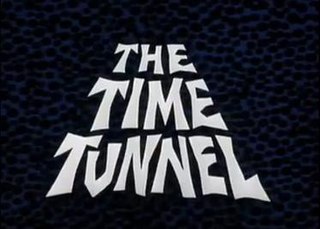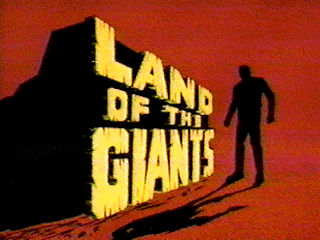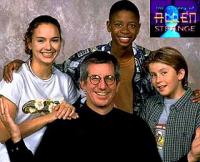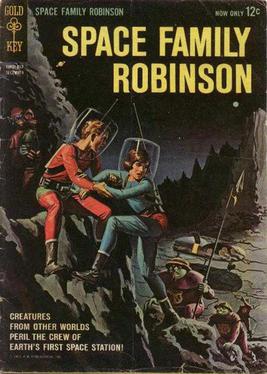Related Research Articles

Delphi, in legend previously called Pytho (Πυθώ), was an ancient sacred precinct and the seat of Pythia, the major oracle who was consulted about important decisions throughout the ancient classical world. The ancient Greeks considered the centre of the world to be in Delphi, marked by the stone monument known as the Omphalos of Delphi (navel).

The Flash is the name of several superheroes appearing in American comic books published by DC Comics. Created by writer Gardner Fox and artist Harry Lampert, the original Flash first appeared in Flash Comics #1. Nicknamed "the Scarlet Speedster", all incarnations of the Flash possess "superspeed", which includes the ability to run, move, and think extremely fast, use superhuman reflexes, and seemingly violate certain laws of physics.

Apocalyptic and post-apocalyptic fiction is a subgenre of science fiction in which the Earth's civilization is collapsing or has collapsed. The apocalypse event may be climatic, such as runaway climate change; astronomical, such as an impact event; destructive, such as nuclear holocaust or resource depletion; medical, such as a pandemic, whether natural or human-caused; end time, such as the Last Judgment, Second Coming or Ragnarök; or any other scenario in which the outcome is apocalyptic, such as a zombie apocalypse, cybernetic revolt, technological singularity, dysgenics or alien invasion.

Alien invasion or space invasion is a common feature in science fiction stories and film, in which extraterrestrial lifeforms invade the Earth to exterminate and supplant human life, enslave it, harvest people for food, steal the planet's resources, or destroy the planet altogether. It can be considered as a science-fiction subgenre of the invasion literature, expanded by H. G. Wells's seminal alien invasion novel The War of the Worlds, and is a type of "first contact" science fiction.

John Carter of Mars is a fictional Virginian soldier who acts as the initial protagonist of the Barsoom stories by Edgar Rice Burroughs. A veteran of the American Civil War, he is transported to the planet Mars, called Barsoom by its inhabitants, where he becomes a warrior battling various mythological beasts, alien armies and malevolent foes. Created in 1911, the character has appeared in novels and short stories, comic books, television shows and films, including the 2012 feature film John Carter, which marked the 100th anniversary of the character's first appearance.

Lost in Space is an American science fiction television series, created and produced by Irwin Allen, which originally aired between 1965 and 1968 on CBS. The series was inspired by the 1812 Johann David Wyss novel The Swiss Family Robinson. The series follows the adventures of the Robinsons, a pioneering family of space colonists who struggle to survive in the depths of space. The show ran for 83 episodes over three seasons. The first season comprised 29 one hour episodes, filmed in black and white. Seasons 2 and 3 episodes were shot in color.

The Time Tunnel is an American color science fiction television series written around a theme of time travel adventure starring James Darren and Robert Colbert. The show was creator-producer Irwin Allen's third science-fiction television series and was released by 20th Century Fox Television and broadcast on ABC. The show ran for one season of 30 episodes from 1966 to 1967.

X-O Manowar is a fictional superhero co-created by writers Jim Shooter and Steve Englehart, and artists Bob Layton and Barry Windsor-Smith.
Irwin Allen was an American film and television producer and director, known for his work in science fiction, then later as the "Master of Disaster" for his work in the disaster film genre. His most successful productions were The Poseidon Adventure (1972) and The Towering Inferno (1974). He also created and produced the popular 1960s science-fiction television series Voyage to the Bottom of the Sea, Lost in Space, The Time Tunnel, and Land of the Giants.

The Flash is a superhero appearing in American comic books published by DC Comics. He is the second character known as the Flash, following Jay Garrick. The character first appeared in Showcase #4, created by writer Robert Kanigher and penciler Carmine Infantino.

Land of the Giants is a one-hour American science fiction television series that aired on ABC for two seasons, beginning on September 22, 1968, and ending on March 22, 1970. The show was created and produced by Irwin Allen. Land of the Giants was Allen's fourth science-fiction TV series. The show was released by 20th Century Fox Television. The series was filmed entirely in color and ran for 51 episodes. The show starred Gary Conway and special guest star Kurt Kasznar.

Robinsonade is a literary genre of fiction wherein the protagonist is suddenly separated from civilization, usually by being shipwrecked or marooned on a secluded and uninhabited island, and must improvise the means of their survival from the limited resources at hand. The genre takes its name from the 1719 novel Robinson Crusoe by Daniel Defoe. The success of this novel spawned so many imitations that its name was used to define a genre, which is sometimes described simply as a "desert island story" or a "castaway narrative".

Alfred Ryder was an American television, stage, radio, and film actor and director, who appeared in over one hundred television shows.

The Journey of Allen Strange is an American television series that aired on Nickelodeon's SNICK block of programming for three seasons from November 1997 to April 2000.

Space Family Robinson was an original science-fiction comic-book series published by Gold Key Comics. It predates the Lost in Space television series. Both are loosely based on the 1812 novel by Johann David Wyss The Swiss Family Robinson.

Voyage to the Bottom of the Sea is a 1964–1968 American science fiction television series based on the 1961 film of the same name. Both were created by Irwin Allen, which enabled the film's sets, costumes, props, special effects models, and sometimes footage, to be used in the production of the television series. Voyage to the Bottom of the Sea was the first of Irwin Allen's four science fiction television series, and the longest-running. The show's theme was underwater adventure.

The Atomic Submarine is a 1959 independently made, American black-and-white science-fiction film directed by Spencer Gordon Bennet and starring Arthur Franz, Dick Foran, Brett Halsey, Joi Lansing and Jean Moorhead, with John Hilliard as the voice of the alien. The film was produced by Alex Gordon and distributed by Allied Artists Pictures Corporation.
Space Museum was a science fiction comics series published by National Comics in their flagship science fiction title Strange Adventures between 1959 and 1964. The series was written by Gardner Fox and was drawn by Carmine Infantino for almost the whole series.

Dying Earth is a subgenre of science fantasy or science fiction which takes place in the far future at either the end of life on Earth or the end of time, when the laws of the universe themselves fail. Themes of world-weariness, innocence, idealism, entropy, heat death of the universe, (permanent) exhaustion/depletion of many or all resources, and the hope of renewal dominate. A related subgenre set in the distant future of entropic decay is called entropic romance.
Suspended animation in fiction refers to the temporary cessation of life processes experienced by fictional characters, followed by their subsequent revival. This process is commonly employed as a plot device in science fiction narratives. It is frequently utilized to transport a character from the past to the future or to facilitate interstellar space travel, which necessitates an extended journey for months or years. In addition to accomplishing the character's primary objective in the future, they often encounter the unfamiliarity of a new world, which may bear only faint resemblance to their previous surroundings. On occasion, a character is portrayed as possessing skills or abilities that have become lost to society during their period of suspension, enabling them to assume a heroic role in their new temporal setting.
References
- ↑ For the Literate Couch Potato Newsday13 Nov 2002: B31.